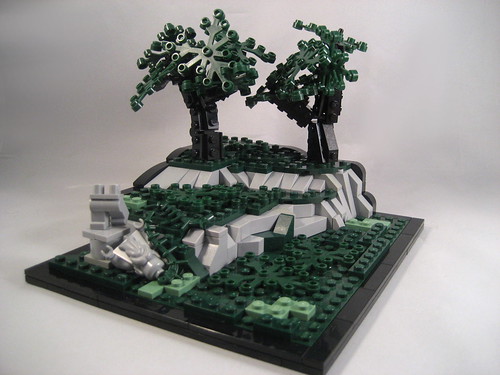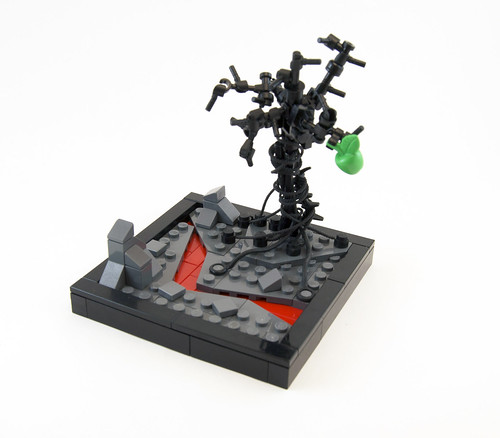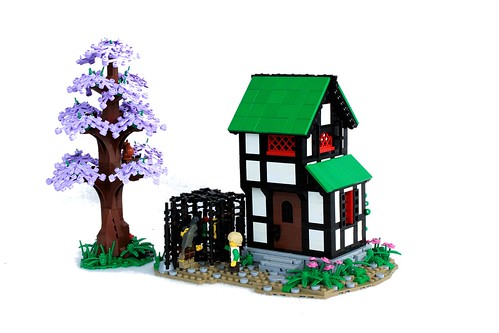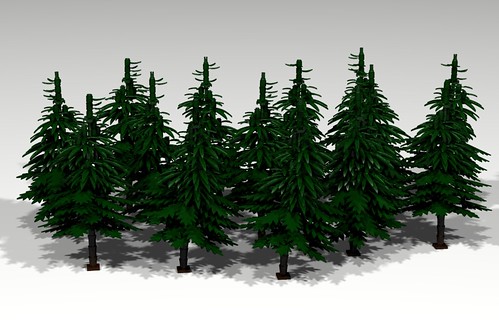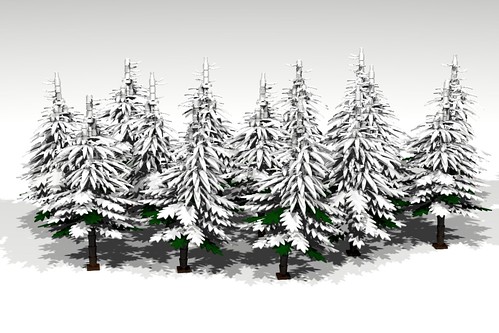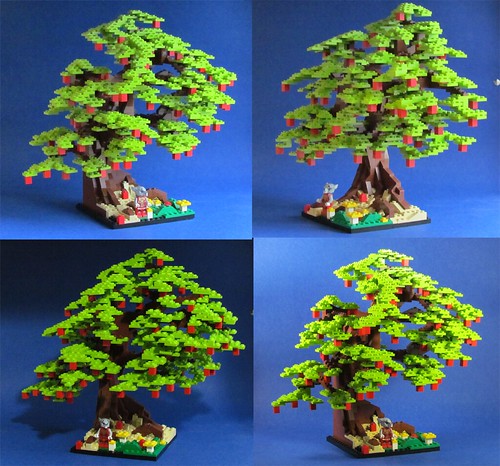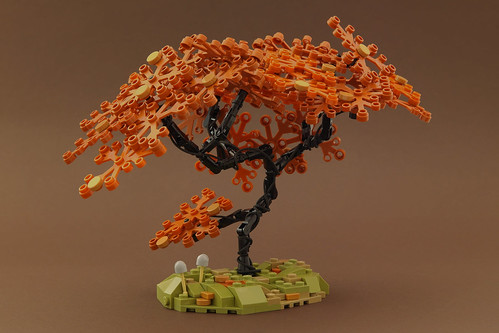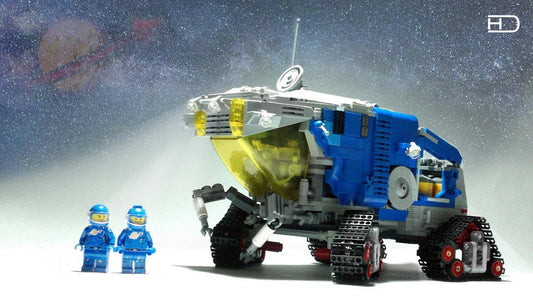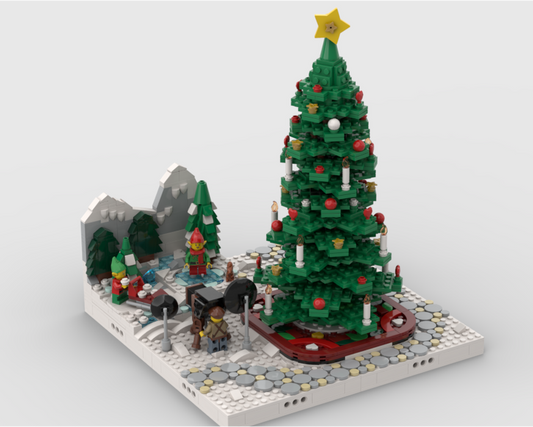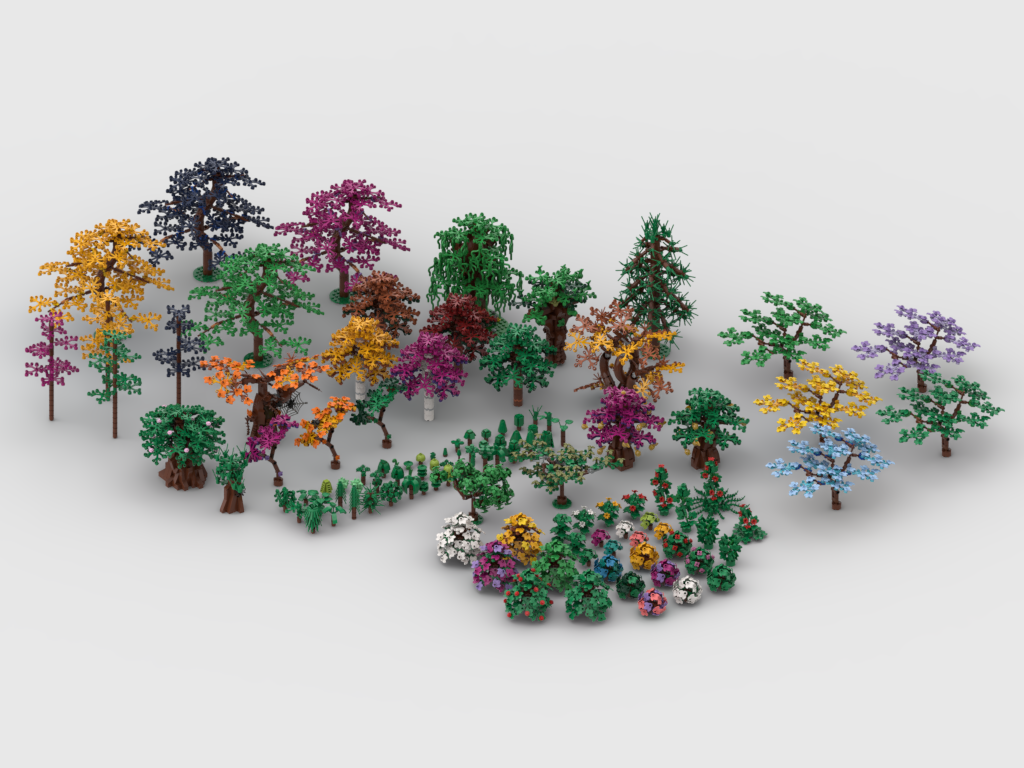
30 Inspiring LEGO Tree Designs to Spark Your Next Build 🌳
Share
From delicate bonsai silhouettes to towering oak canopies, trees add life and depth to any LEGO scene. These 30 designs will fuel your next diorama or desk display in minutes.
When it comes to designing Lego trees, enthusiasts and builders delve into a world where creativity knows no bounds. The process of crafting these miniature arboreal wonders goes beyond simply stacking bricks together. Each Lego tree becomes a unique expression of its builder's imagination, with various styles and techniques contributing to the diversity of these tiny ecosystems.
1. Brick Selection: The Foundation of Arboreal Artistry
The choice of bricks plays a crucial role in defining the character of a Lego tree. Traditional green bricks represent the foliage, but builders often experiment with different shades, sizes, and even unconventional colors to add depth and texture. The trunk, too, becomes an opportunity for creativity, with builders using various browns, grays, and even unexpected hues to bring their trees to life.
2. Branching Out: Techniques for Realistic Canopies
Creating a realistic canopy is where the art of Lego tree design truly shines. Builders employ a variety of techniques to mimic the intricate network of branches and leaves found in nature. Techniques such as the "SNOT" (Studs Not On Top) method, using hinge pieces, and incorporating foliage elements like leaves and flowers contribute to the authenticity of the tree's form.
3. Size Matters: Scaling Up or Down for Effect
The size of a Lego tree can drastically influence its overall impact. Builders may choose to design towering, majestic trees that dominate their landscapes or opt for smaller, more intricate models for a micro-scale scene. Scaling considerations also come into play when crafting the foliage, with builders using different-sized leaves to achieve a balanced and realistic look.
4. Seasonal Sensations: Adapting Trees to Nature's Rhythms
Lego tree designers often draw inspiration from the changing seasons. Spring blossoms may be represented by vibrant flowers, while autumnal scenes might feature trees with leaves in warm hues. Adapting the color palette and foliage to match the seasons adds an extra layer of detail and storytelling to these miniature arboreal creations.
5. Integration with Surroundings: Building a Lego Ecosystem
A well-designed Lego tree doesn't exist in isolation; it's part of a larger ecosystem. Enthusiasts consider the overall landscape, incorporating other elements such as rocks, water features, and wildlife to create a cohesive and immersive environment. This holistic approach enhances the visual storytelling of the Lego creation.
We have talked a lot now let's see some examples:

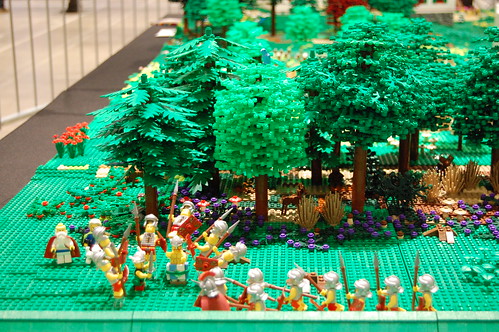



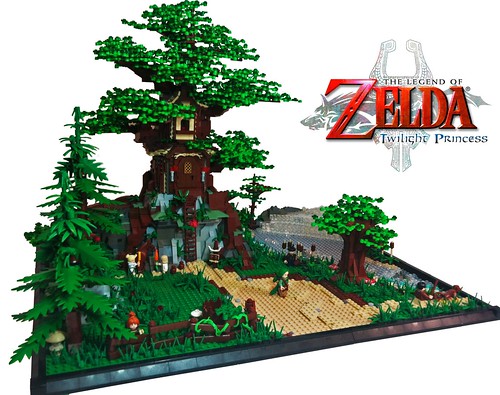
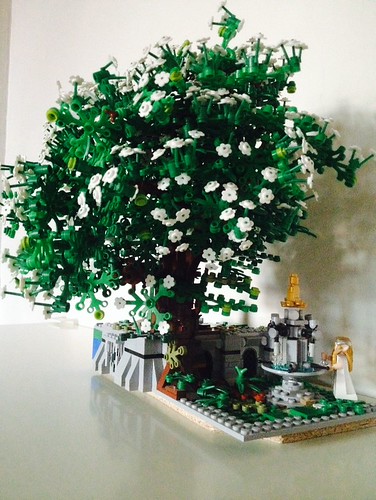
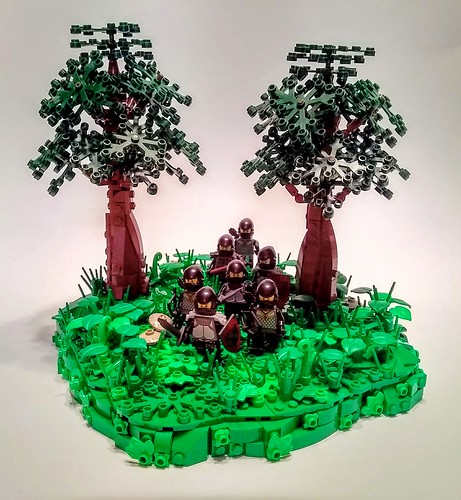
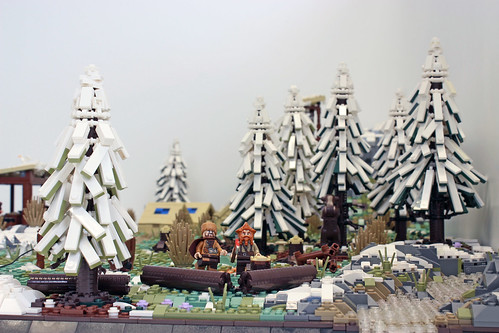

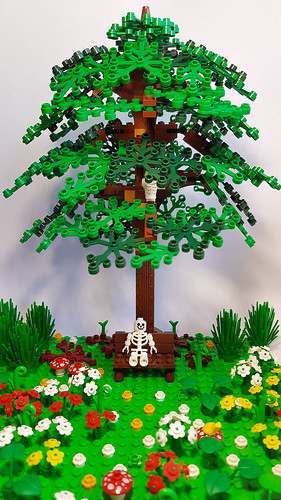

![Cottage002[Mod]background](https://live.staticflickr.com/3928/15509473662_e44e4333cd.jpg)
